New Art SG fair reinforces Singapore’s growing art-world influence
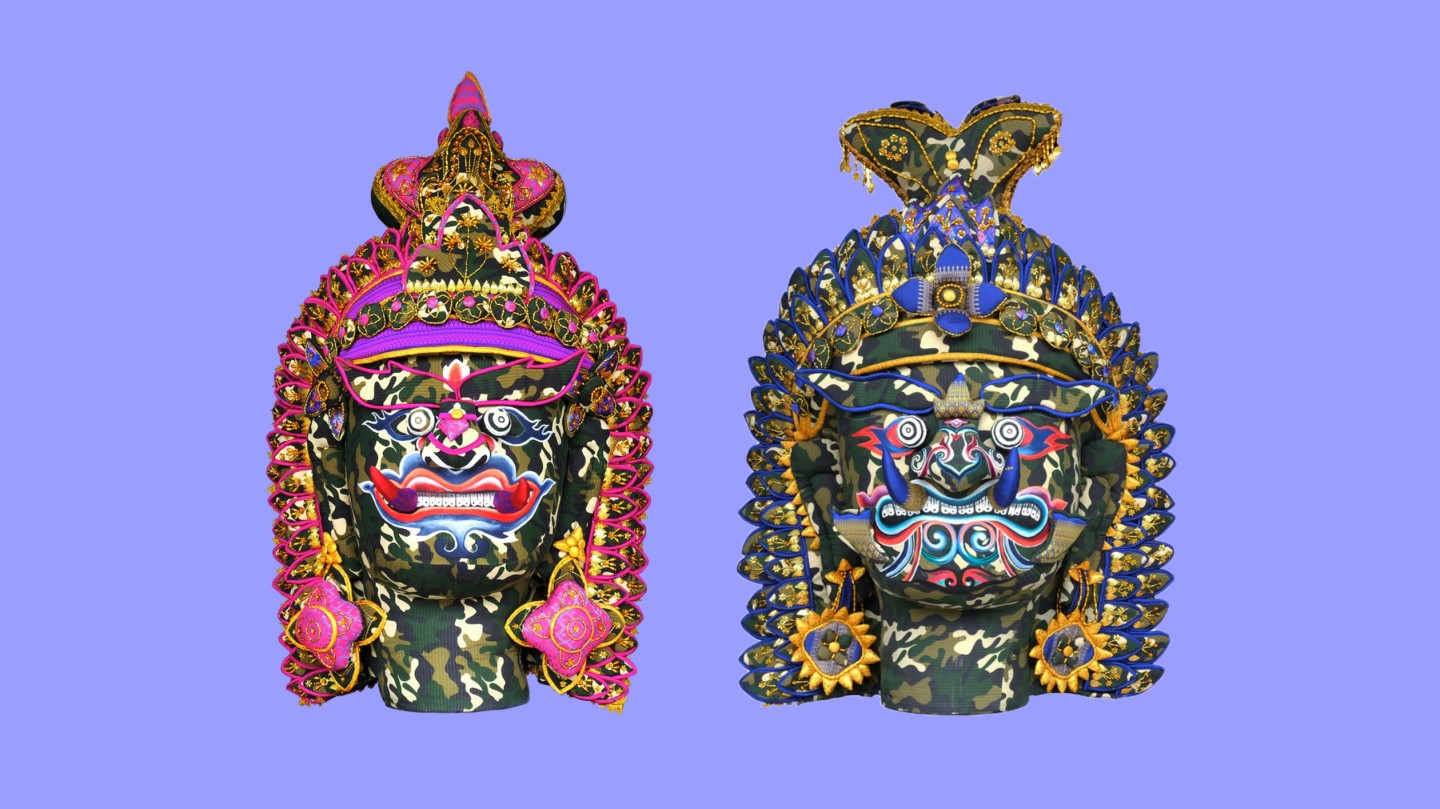
Roula Khalaf, Editor of the FT, selects her favourite stories in this weekly newsletter.
Singapore has long played second fiddle to Hong Kong as an art-market hub in Asia. But next week a new fair, Art SG, opens in a fresh attempt to establish a major event in Singapore and cement its rising influence in the continent’s shifting art scene.
Singapore’s role as an international art market centre didn’t seem to stand a chance against Hong Kong in 2011, when Art Basel announced it was acquiring ArtHK, launched four years earlier by Magnus Renfrew, who has co-founded Art SG. The relative ease of doing business in Hong Kong and the power of the Art Basel brand limited the prospects for Singapore’s fledgling rival fair, Art Stage Singapore. This began in 2011, ran relatively well despite some internal wranglings, then ended abruptly in 2019.
Singapore’s time may now be coming. It has maintained its status as a haven for private wealth, particularly drawing mainland Chinese money, and as the hub market for south-east Asia’s many growing economies, including Indonesia, Malaysia and the Philippines. The geopolitical backdrop, Renfrew says, has since enhanced Singapore’s prospects.
“You could say that [Art Stage] was too early. Historically, Singapore’s distance from China and its collectors was seen as a disadvantage; now it is regarded as the only neutral territory in Asia,” Renfrew says. “Singapore has had consistently positive relations with both China and the USA and . . . has been the de facto hub where constituencies from around the region can meet on equal terms.”
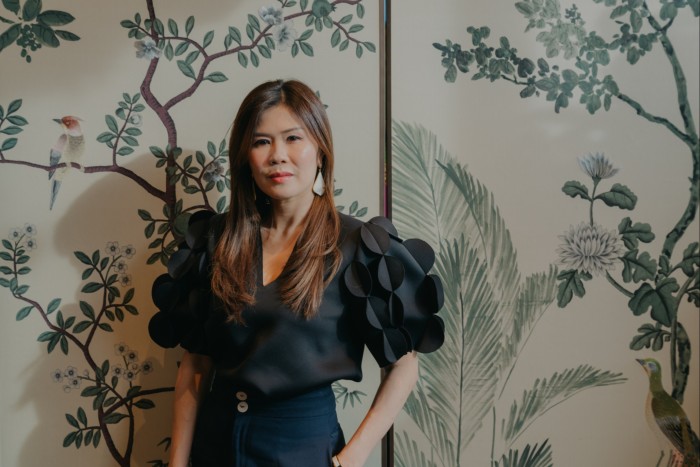
The new fair’s director is Shuyin Yang, who previously ran Art Central, a Hong Kong satellite fair. Yang, a Singapore native, notes too that, since the pandemic started, the city-state, which opened its borders relatively quickly after a strict lockdown, has witnessed an influx of wealthy individuals from China and Indonesia, particularly from the technology and financial sectors. It’s helpful that Mandarin is commonly spoken in Singapore. “People thought they were sheltering temporarily during Covid, but have stayed and helped to revitalise the city,” she says.
Renfrew acknowledges the growing importance of other Asian cities, notably those with strong local support, such as Seoul, where Frieze opened a fair this year, as well as Taipei and Tokyo, where he also runs fairs: Taipei Dangdai and the forthcoming Tokyo Gendai.
Singapore’s cultural scene is more mature than Hong Kong’s was in 2007 — the Singapore Art Museum and the vast National Gallery Singapore are just two of its respected and well-visited institutions. The commercial sector has been more stop-start and now has less of the marked support and influence of Singapore’s government. But Yang says galleries are regaining momentum since the pandemic and are focused in two areas — Gillman Barracks and the Tanjong Pagar district around the Singapore Art Museum. In August, Sotheby’s held its first Modern and contemporary art auction in Singapore, citing a “growing collector base in the region”, making a total S$24.4mn (about US$18mn), with more sales planned for this year.
There are no official stipulations on the sort of works that can be shown, with Singapore’s authorities generally less strict than those in China when it comes to politically motivated art. “Singapore is a multicultural and multiracial society with a thriving contemporary art scene,” says Renfrew. “We have highlighted to participating galleries that it is important to keep in mind cultural sensitivities, with similar considerations to exhibiting elsewhere in Asia.” These sensitivities include nudity and profanity, according to local art-market figures.
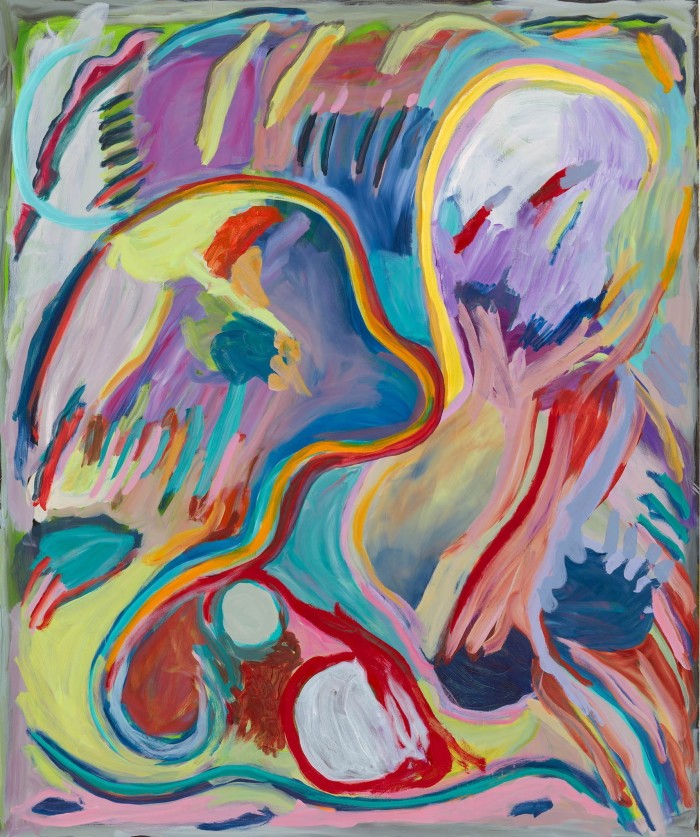
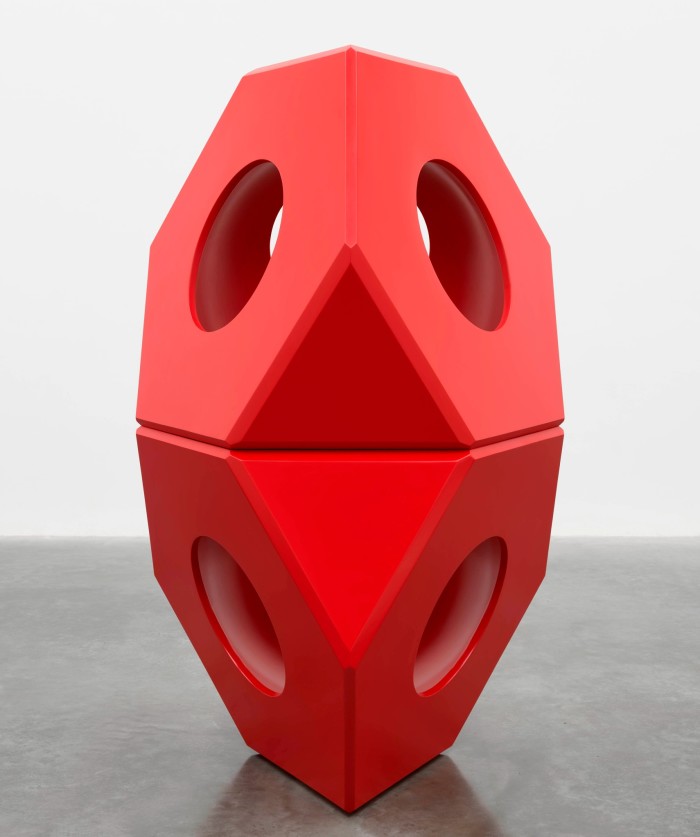
The cultural winds might be in Singapore’s favour, but Art SG’s opening has faced turbulence. The fair’s launch was originally announced in 2018 as one of the regional fairs in a new portfolio established by MCH, the owner of Art Basel. A few months later, MCH pulled out of these events, so Renfrew stepped in to join co-owners Sandy Angus and Tim Etchells. MCH Group then reinvested in the fair (it now owns 15 per cent), seemingly hedging its bets in Asia, though its management has described its investment as “additive” to Hong Kong rather than an alternative.
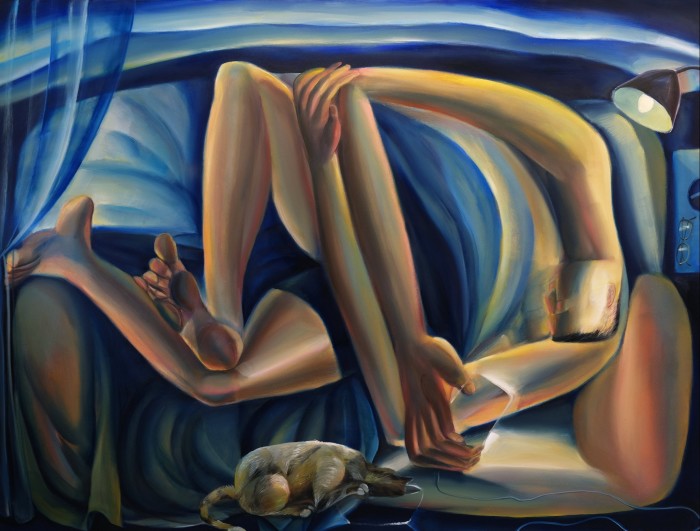
Art SG’s inaugural event was planned for November 2019 but participating galleries then reportedly asked for more time to prepare, so the fair was pushed back to January 2020 — then Covid struck. Such pent-up planning might partly account for the 2023 fair’s impressive roster of more than 150 galleries. Many are international — including the likes of Gagosian, White Cube and David Zwirner — while 20 galleries with spaces in Singapore are in the mix, such as homegrown heavyweights Yavuz Gallery and STPI.
“It is bittersweet that so many people have moved from China to Singapore, but it has become such a hub,” says Rachel Lehmann, co-founder of Lehmann Maupin gallery, which will be showing at Art SG. While some see the government as culturally overbearing, Lehmann finds that “it is a small country with great support. They understand the power of soft culture.” The gallerist, who started her career in Geneva and Lausanne, adds that Singapore “reminds me of Switzerland” — and doesn’t disagree when I mention their similarly friendly tax regimes.
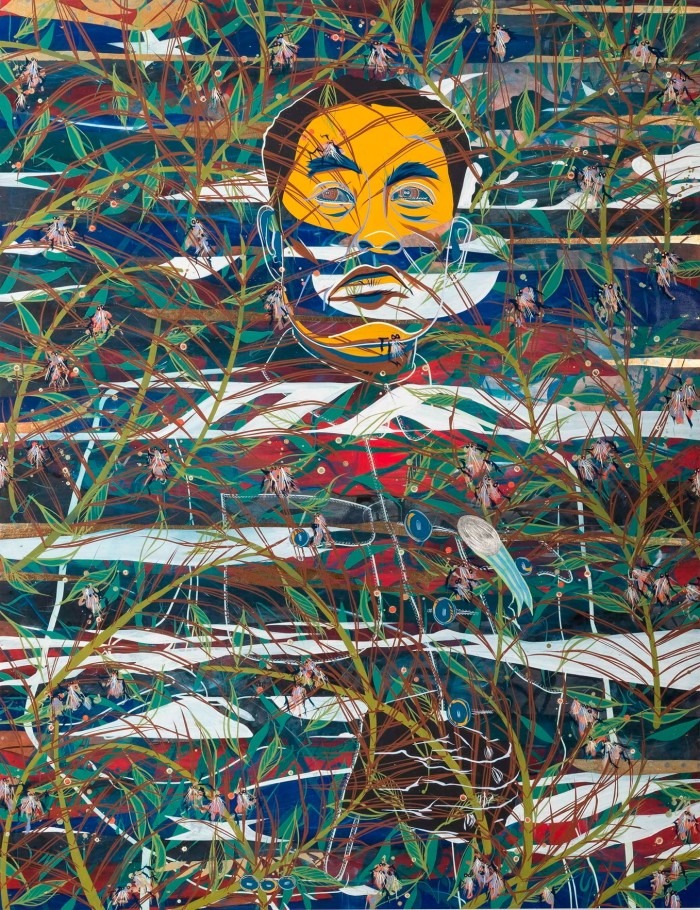
At Art SG, the gallery’s booth will include work by the British-Malaysian artist Mandy El-Sayegh, the Vietnamese-American Tammy Nguyen and the South Korea-born Lee Bul. Lehmann’s gallery has gone one step further than just showing at the fair and has appointed Ken Tan as a director based in Singapore, though she says there are currently no plans for a formal gallery.
Fellow international gallerist Thaddaeus Ropac also brings work by El-Sayegh, as well as new pieces by Alvaro Barrington and Oliver Beer. Showing at a Singapore fair for the first time, he cites the might of its National Gallery as well as “a handful of very well-informed collectors” he already knows there. He is keeping his expectations in check. “It is an experiment. I doubt Singapore can be the next Hong Kong, those are big shoes to fill, but it is important to build relationships in Asia,” Ropac says.
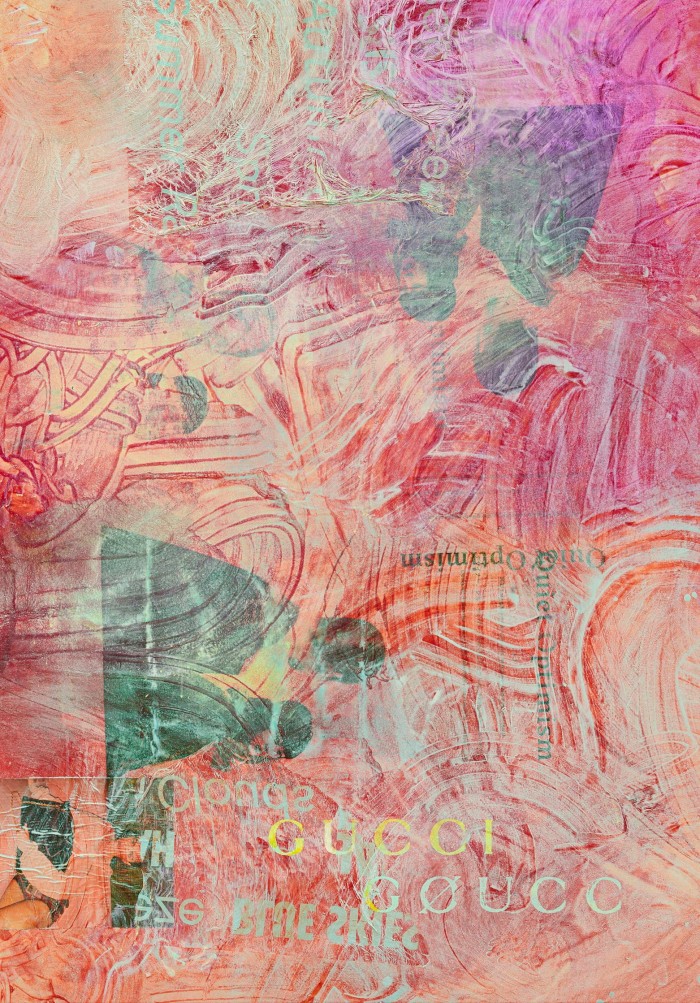
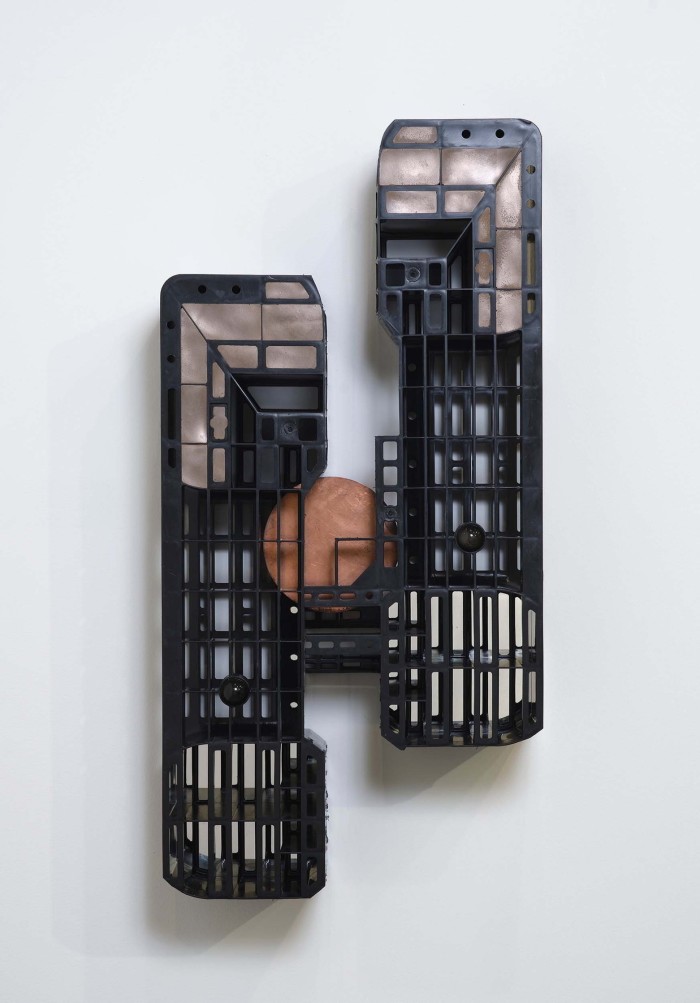
At the fair, held in the Marina Bay Sands Expo and Convention Centre, there will be additional sections for younger galleries — in business for six years or fewer — including Capsule from Shanghai and Tabula Rasa (Beijing, London). Bucking the trend away from art backed by non-fungible tokens, the fair has another section, called Reframe, with eight galleries showing digital art in its many forms. “There was arguably too much euphoric excitement [about NFTs] but the baby’s been thrown out with the bathwater. There is incredible work in digital media,” Renfrew says.
Yang says that digital art is also part of her mission “to make sure that the fair suits different interests . . . We are expecting a new audience, many galleries and collectors are coming to Singapore for the first time, we want them all to find areas of engagement.”
The otherwise measured Renfrew predicts an art scene about to explode. “We need to be slightly ahead of the curve, a catalyst to make it happen, that’s the role we want to play.”
January 12-15, artsg.com
Singapore Art Week, January 6-15, artweek.sg
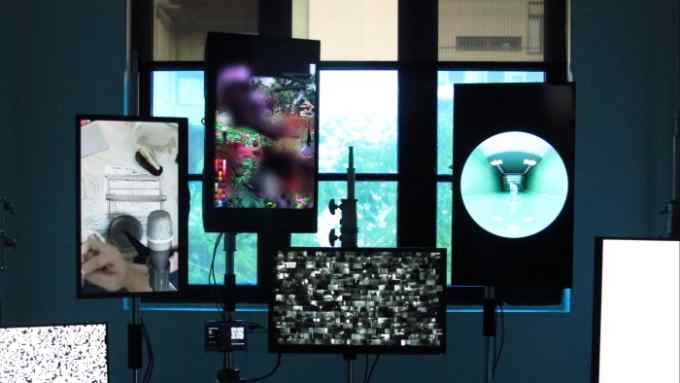
Comments